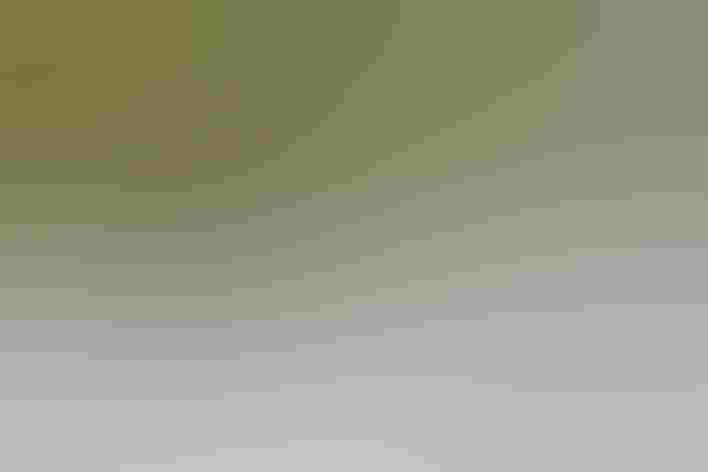Wilson’s Plover
At a Glance
Several of our plovers are small birds with single dark neck rings. Wilson's Plover is slightly larger than the others, and has a more southerly distribution, living on beaches along the southern Atlantic and Gulf Coasts. Its oversized bill is not only its best field mark, but also a clue to its feeding behavior: some studies have shown that it tends to capture and eat slightly larger creatures than the other plovers on the beach.
All bird guide text and rangemaps adapted from Lives of North American Birds by Kenn Kaufman© 1996, used by permission of Houghton Mifflin Harcourt Publishing Company. All rights reserved.
Category
Plovers, Sandpiper-like Birds
Conservation
Low Concern
Habitat
Coasts and Shorelines, Saltwater Wetlands
Region
California, Florida, Mid Atlantic, Southeast, Texas
Behavior
Direct Flight, Rapid Wingbeats, Running
Population
22.000
Range & Identification
Migration & Range Maps
Only a short-distance migrant, with northernmost breeders (and those on parts of Gulf Coast) withdrawing in winter. Rarely wanders north along coast (including from western Mexico into California), and very rarely wanders inland.
Description
7-8" (18-20 cm). Large black bill is best mark; longer and heavier than on other small plovers. Also note dull legs, dark brown back, rather wide chest band (brown on female and winter male, black on breeding male).
Size
About the size of a Robin, About the size of a Sparrow
Color
Black, Brown, Pink, White
Wing Shape
Pointed, Short, Tapered
Tail Shape
Rounded, Short, Square-tipped, Wedge-shaped
Songs and Calls
A clear, whistled queet or quit-keet, but usually silent.
Call Pattern
Flat, Rising
Call Type
Buzz, Trill
Habitat
Open beaches, tidal flats, sandy islands. Found only in coastal regions, typically in very open areas such as white sand or shell beaches, estuaries, tidal mudflats. May favor islands, such as offshore barrier beaches, dredge spoil islands.
Sign up for Audubon's newsletter to learn more about birds like the Wilson's Plover
Behavior
Eggs
3, sometimes 2, rarely 4. Buff, blotched with brown and black. Incubation is by both parents, 23-25 days. Male usually incubates at night, female most of the day.
Young
Downy young leave nest soon after hatching. Both parents tend young, but young feed themselves. Age at first flight roughly 21 days.
Feeding Behavior
Typically they run a few steps and then pause, then run again, pecking at the ground whenever they spot something edible.
Diet
Many crustaceans, also worms, insects. Crustaceans in diet include many crabs, such as fiddler crabs and others, also crayfish, shrimp. Also eats small mollusks, marine worms, many insects and their larvae.
Nesting
Nests as isolated pairs or in loose colonies. In courtship, male goes through ritualized nest-scrape making; male postures near female with wings drooped, tail held low and spread, pattering with feet. Nest site is on dry part of beach, often near piece of driftwood, clump of grass, or other conspicuous object. Nest is simple scrape in sand or shell of beach, usually with sparse lining of pebbles, pieces of shell, grass, debris. Male makes several scrapes, female chooses one.
Climate Vulnerability
Conservation Status
Uncommon and local, probably has declined in parts of its range.
Climate Threats Facing the Wilson's Plover
Choose a temperature scenario below to see which threats will affect this species as warming increases. The same climate change-driven threats that put birds at risk will affect other wildlife and people, too.










